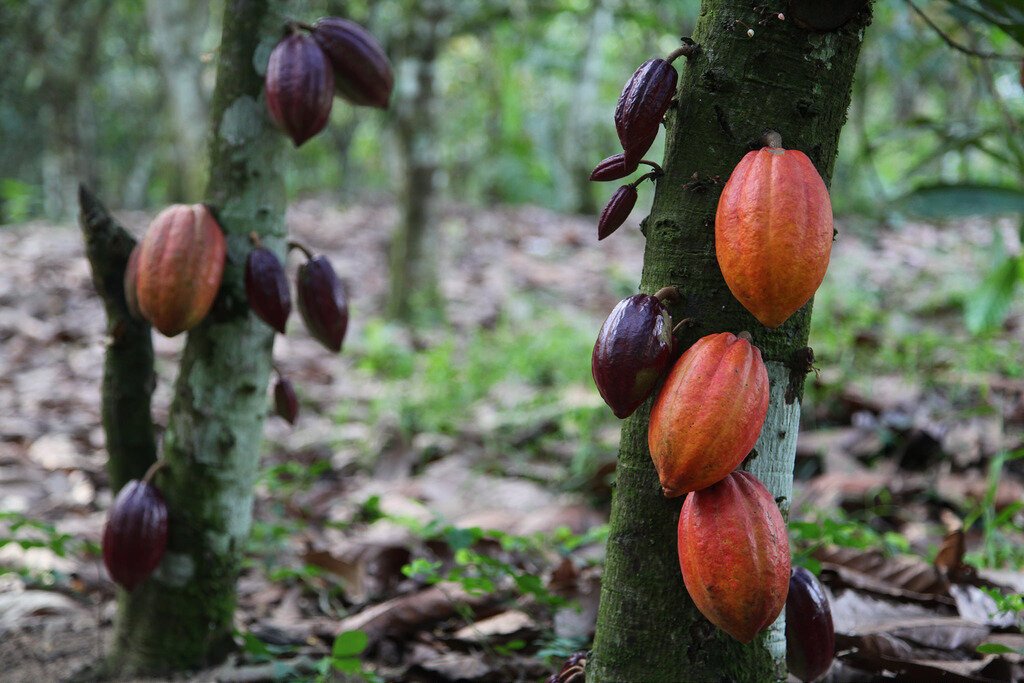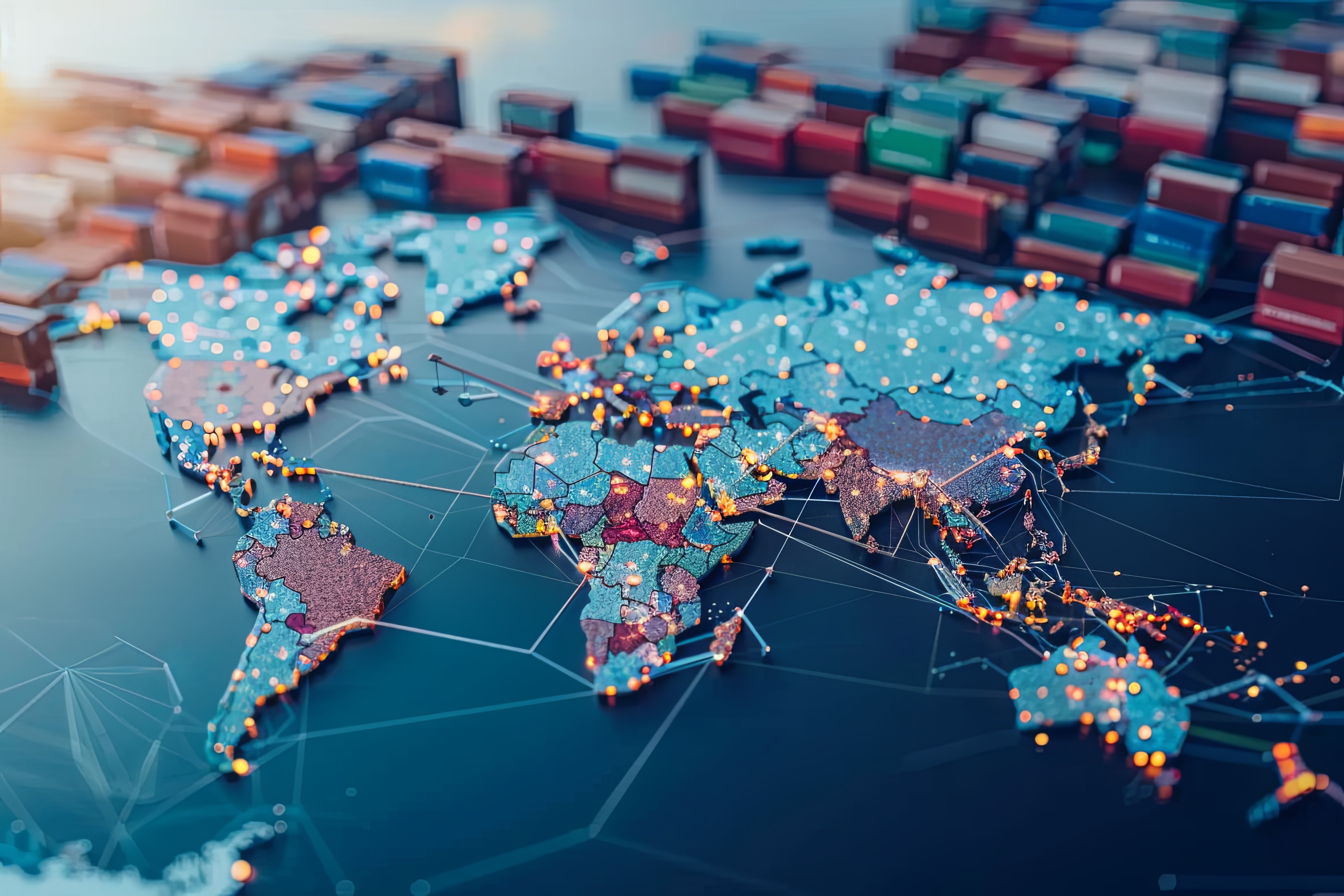Apr 21, 2021
Chocolate Companies Using Advanced Technology to Tackle Deforestation

This Earth Day we want to draw attention to the steps our cocoa customers are taking to combat one of the most important issues facing the planet today: deforestation.
Forests are disappearing at alarming rates: between 1990 and 2016, the world lost 506,000 square miles of forest - and 80% of deforestation worldwide occurs as a result of agricultural production. It’s a difficult problem to tackle. Consider the chocolate industry, which faces a daunting task: how to monitor millions of cocoa farms around the world to ensure they are not contributing to deforestation? Technology offers a solution: chocolate companies are turning to supply chain mapping software to identify all of the cocoa farmers they buy from, and to monitor those farms for deforestation using satellite imagery.
Beatrice Moulianitaki, the Head of Cocoa Sustainability at Hershey puts it this way: “Transparency is an integral part of our Cocoa For Good Monitoring, Evaluation and Learning system. Using supply chain mapping helps us to monitor for deforestation and engage with our suppliers to understand where cocoa is coming from, under what circumstance and how to give the right support.”
Supply chain mapping works by collecting vast amounts of data from cocoa importers, who themselves use GPS smartphones to map the perimeter of each and every cocoa farm. The results are tabulated and compared against satellite imagery that monitors changes in leaf cover over time using different bandwidths including infrared (which can spot chlorophyll) and radar (which can see through cloud cover). As each season concludes, chocolate brands can see exactly if and where they might be exposed to deforestation.
It doesn’t end there: as Ferrero Cocoa Sustainability Manager Olivier Zwolsman puts it: “Having visibility on the entire Ferrero cocoa supply chain is essential for two reasons. The starting point is to be able to identify risks in our supply chain, for example on deforestation, and to address these risks when identified. Visibility also enables us to engage in a more constructive way with our suppliers and other key stakeholders in our direct supply chain. And by doing so we are also able to further strengthen our contribution to the collective effort of governments, industry, civil society and other stakeholders to create a responsible cocoa supply chain.”
Supply chain mapping technology is not only useful for tackling deforestation. The same approach provides additional assurance for any responsible sourcing program. At Paris-based cocoa trading company Sucden, supply chain mapping is the cornerstone of monitoring the supply chain for social and compliance risks as well as deforestation.
In the words of Raphaelle Peinado, Sucden’s Cocoa Sustainability Manager: “Sucden works with its partner suppliers to GPS polygon map farmers’ plots to monitor and prevent potential encroachment into forests. In addition, we use Sourcemap to understand which farms are located in buffer zones in order to draft farm management plans with the owners of these farms. Based on this work, we have garnered better insights into farm sizes and can therefore assess whether farm yields make sense. This is another tool that we can use for compliance with our sustainability objectives. Finally, we can use mapping and yield estimates as a tool to better understand any potential social and labor risks in the supply chain.”
Supply chain mapping technology can turn the tide on deforestation by allowing brands to act before it becomes a problem, and it can help to ensure that responsible practices are met at each and every farm.
To find out more about how supply chain mapping can support your organization’s responsible sourcing goals, request a demo from our experts.




